 W
WThe Manhattan Project was a research and development undertaking during World War II that produced the first nuclear weapons. It was led by the United States with the support of the United Kingdom and Canada. From 1942 to 1946, the project was under the direction of Major General Leslie Groves of the U.S. Army Corps of Engineers. Nuclear physicist Robert Oppenheimer was the director of the Los Alamos Laboratory that designed the actual bombs. As engineer districts by convention carried the name of the city where they were located, the Army component of the project was designated the Manhattan District; Manhattan gradually superseded the official codename, Development of Substitute Materials, for the entire project. Along the way, the project absorbed its earlier British counterpart, Tube Alloys. The Manhattan Project began modestly in 1939, but grew to employ more than 130,000 people and cost nearly US$2 billion. Over 90 percent of the cost was for building factories and to produce fissile material, with less than 10 percent for development and production of the weapons. Research and production took place at more than thirty sites across the United States, the United Kingdom, and Canada.
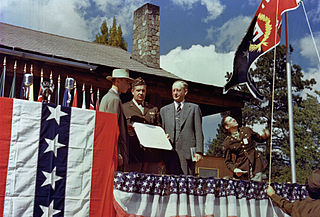 W
WThe Manhattan Project was a research and development project that produced the first atomic bombs during World War II. It was led by the United States with the support of the United Kingdom and Canada. From 1942 to 1946, the project was under the direction of Major General Leslie Groves of the US Army Corps of Engineers. The Army component of the project was designated the Manhattan District; "Manhattan" gradually became the codename for the entire project. Along the way, the project absorbed its earlier British counterpart, Tube Alloys. The Manhattan Project began modestly in 1939, but grew to employ more than 130,000 people and cost nearly US$2 billion. Over 90% of the cost was for building factories and producing the fissionable materials, with less than 10% for development and production of the weapons.
 W
WThe 216th Army Air Forces Base Unit (Special) provided base services at Wendover Army Airfield, where the 509th Composite Group was stationed during World War II. As such, it became involved in the Manhattan Project's program of testing bombs and aircraft under the codename Project W-47.
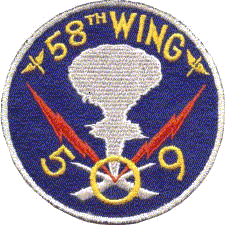 W
WThe 509th Composite Group was a unit of the United States Army Air Forces created during World War II and tasked with the operational deployment of nuclear weapons. It conducted the atomic bombings of Hiroshima and Nagasaki, Japan, in August 1945.
 W
WThe bismuth-phosphate process was used to extract plutonium from irradiated uranium taken from nuclear reactors. It was developed during World War II by Stanley G. Thompson, a chemist working for the Manhattan Project at the University of California, Berkeley. This process was used to produce plutonium at the Hanford Site. Plutonium was used in the atomic bomb that was used in the atomic bombing of Nagasaki in August 1945. The process was superseded in the 1950s by the REDOX and PUREX processes.
 W
WThis article chronicles the history and origins of the Teller–Ulam design, the technical concept behind modern thermonuclear weapons, also known as hydrogen bombs. The design, the details of which are military secrets known to only a handful of major nations, is believed to be used in virtually all modern nuclear weapons that make up the arsenals of the major nuclear powers.
 W
WThe Kellex Corporation was a wholly owned subsidiary of M. W. Kellogg Company. Kellex was formed in 1942 so that Kellogg's operations relating to the Manhattan Project could be kept separate and secret. "Kell" stood for "Kellogg" and "X" for secret. The new company's goal was to design a facility for the production of enriched uranium through gaseous diffusion. In gaseous diffusion, isotopes of Uranium-235 could be separated from Uranium-238 by turning uranium metal into uranium hexafluoride gas and straining it through a barrier material.
 W
WThe Los Alamos Primer was a printed version of the first five lectures on the principles of nuclear weapons given to new arrivals at the top-secret Los Alamos laboratory during the Manhattan Project. They were originally given by the physicist Robert Serber after being delivered in person on April 5–14, 1943, based on conclusions reached at a conference held in July and September 1942 at the University of California, Berkeley by Robert Oppenheimer. The notes from the lecture which became the Primer were written by Edward Condon.
 W
WManhattan Project National Historical Park is a United States National Historical Park commemorating the Manhattan Project that is run jointly by the National Park Service and Department of Energy. The park consists of three units: one in Oak Ridge, Tennessee, one in Los Alamos, New Mexico and one in Hanford, Washington. It was established on November 10, 2015 when Secretary of the Interior Sally Jewell and Secretary of Energy Ernest Moniz signed the memorandum of agreement that defined the roles that the two agencies had when managing the park.
 W
WThe Oppenheimer security hearing was a 1954 proceeding by the United States Atomic Energy Commission (AEC) that explored the background, actions, and associations of J. Robert Oppenheimer, the American scientist who had headed the Los Alamos Laboratory during World War II, where he played a key part in the Manhattan Project that developed the atomic bomb. The hearing resulted in Oppenheimer's Q clearance being revoked. This marked the end of his formal relationship with the government of the United States, and generated considerable controversy regarding whether the treatment of Oppenheimer was fair, or whether it was an expression of anti-Communist McCarthyism.
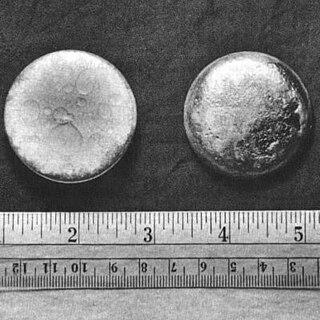 W
WPlutonium is a radioactive chemical element with the symbol Pu and atomic number 94. It is an actinide metal of silvery-gray appearance that tarnishes when exposed to air, and forms a dull coating when oxidized. The element normally exhibits six allotropes and four oxidation states. It reacts with carbon, halogens, nitrogen, silicon, and hydrogen. When exposed to moist air, it forms oxides and hydrides that can expand the sample up to 70% in volume, which in turn flake off as a powder that is pyrophoric. It is radioactive and can accumulate in bones, which makes the handling of plutonium dangerous.
 W
WStone & Webster was an American engineering services company based in Stoughton, Massachusetts. It was founded as an electrical testing lab and consulting firm by electrical engineers Charles A. Stone and Edwin S. Webster in 1889. In the early 20th century, Stone & Webster was known for operating streetcar systems in many cities across the United States; examples include Dallas, Houston and Seattle. The company grew to provide engineering, construction, environmental, and plant operation and maintenance services, and it has long been involved in power generation projects, starting with hydroelectric plants of the late 19th-century; and with most American nuclear power plants.
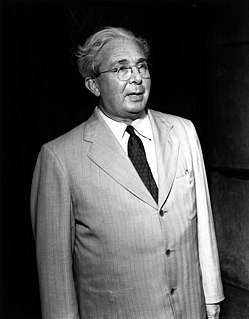 W
WThe Szilárd petition, drafted and circulated in July 1945 by scientist Leo Szilard, was signed by 70 scientists working on the Manhattan Project in Oak Ridge, Tennessee, and the Metallurgical Laboratory in Chicago, Illinois. It asked President Harry S. Truman to inform Japan of the terms of surrender demanded by the allies, and allow Japan to either accept or refuse these terms, before America used atomic weapons. However, the petition never made it through the chain of command to President Truman. It was not declassified and made public until 1961.
 W
WTrinitite, also known as atomsite or Alamogordo glass, is the glassy residue left on the desert floor after the plutonium-based Trinity nuclear bomb test on July 16, 1945, near Alamogordo, New Mexico. The glass is primarily composed of arkosic sand composed of quartz grains and feldspar that was melted by the atomic blast. It is usually a light green, although color can vary. It is mildly radioactive but safe to handle.
 W
WThe Union Minière du Haut-Katanga, often abbreviated to Union Minière or UMHK, was an Anglo-Belgian mining company which operated in the copperbelt in the modern-day Democratic Republic of the Congo between 1906 and 1966.
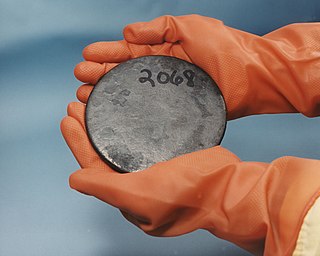 W
WUranium is a chemical element with the symbol U and atomic number 92. It is a silvery-grey metal in the actinide series of the periodic table. A uranium atom has 92 protons and 92 electrons, of which 6 are valence electrons. Uranium is weakly radioactive because all isotopes of uranium are unstable; the half-lives of its naturally occurring isotopes range between 159,200 years and 4.5 billion years. The most common isotopes in natural uranium are uranium-238 and uranium-235. Uranium has the highest atomic weight of the primordially occurring elements. Its density is about 70% higher than that of lead, and slightly lower than that of gold or tungsten. It occurs naturally in low concentrations of a few parts per million in soil, rock and water, and is commercially extracted from uranium-bearing minerals such as uraninite.